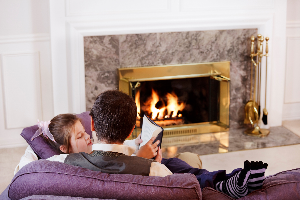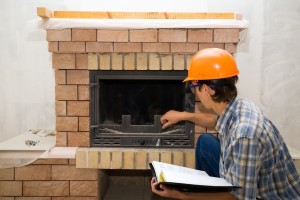Family Time Unplugged
 Many families realize how much daily time is spent on digital devices. This is why a lot of families have gone out of their way to spend some unplugged time together. This is purely family time, filled with various activities and with no phones, tablets, or computers allowed.
Many families realize how much daily time is spent on digital devices. This is why a lot of families have gone out of their way to spend some unplugged time together. This is purely family time, filled with various activities and with no phones, tablets, or computers allowed.
The atmosphere surrounding this family time can make a huge difference in the mood of everyone involved. One way to help increase the success of this family time is by introducing a key focal point into the room.
One of the more ideal options is a fireplace. A burning fireplace can provide a relaxing and ambient setting. The fireplace offers a great alternative to a screen and allows everyone to focus on each other rather than something else. When you make the fireplace the centerpiece, you can also choose relaxing family activities to associate with it.
Browse these various activities and see how an ambient fireplace can really make a difference.











